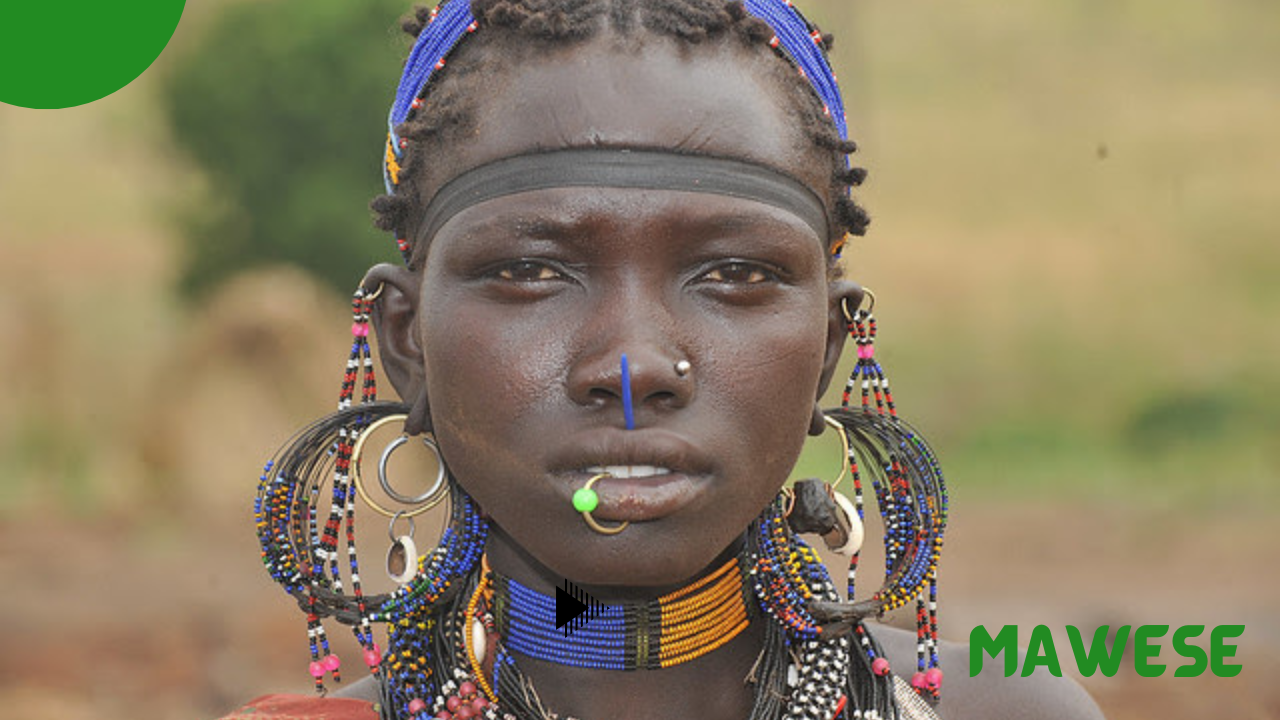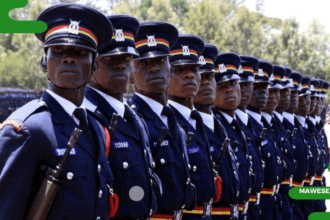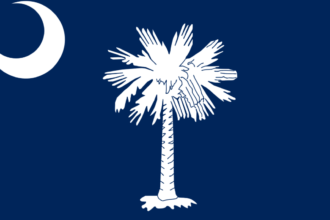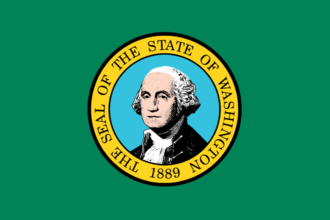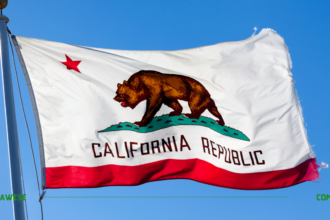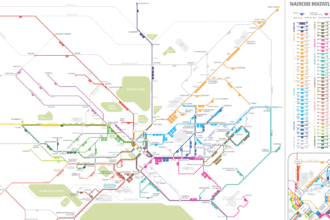Kenya, a country that many of us were blessed to be born in, is blessed with over 70 ethnic groups, while around 32 ethnic groups are considered to be major, with the Nilote group accounting for about 25% of the whole Kenyan Population after the Bantus. Nilotes, before settling in Kenya today, their Origins can be traced back to the Nile Valley and South Sudan, migrating southward in waves over millennia. It’s this migration that led the Nilotes to split into three linguistic branches: Highland, Plains, and River-Lake Nilotes.
Over the years, the three languages of Niltoes in Kenya have adopted different lifestyles based on the initial settling areas in Kenya after the migration, even though with modernization today, they can be found all over Kenya. However, it’s important to note that all the Nilotic branches in Kenya are made up of smaller Subgroups called tribes. So, do you know all the Nilotes, Tribes, and Sub-tribes in Kenya? This guide has listed all that you need to know.
Highland Nilotes Sub-Tribes in Kenya
The Highland Nilotes are called so because of the settlement region after Migrating from the Lake Turkana region and southwestern Ethiopia around 1000 AD and deciding to settle in elevated regions of the Rift Valley and western highlands. They mainly speak the Klenjin dialect, and they are made up of nine main subgroups, as shown in the table below:
| Sub Group | Counties | Population (2019) | Known for |
|---|---|---|---|
| Kipsigis | Kericho, Bomet | 1,900,000 | tea and maize farming |
| Nandi | Nandi, Uasin Gishu | 937,000 | dairy farming |
| Keiyo | Elgeyo-Marakwet | 451,000 | Mixed farming |
| Marakwet | Elgeyo-Marakwet, West Pokot | 119,000 | honey production |
| Tugen | Baringo | 197,556 | Agro-pastoralists |
| Pokot | West Pokot, Baringo | 778,000 | Partly pastoralist, known for beadwork |
| Sabaot | Trans-Nzoia, Bungoma | 296,000 | Traditional forest dwellers, honey gatherers |
| Terik | Nandi, Kakamega | 323,230 | Cultural assimilation with Luhya communities |
| Sengwer | Elgeyo-Marakwet, Trans-Nzoia | 10,800 | Traditional forest dwellers; honey gatherers |
Plains Nilotes Sub-Tribes in Kenya
The Plain Nilotes are called so because they traditionally inhabit flat, arid plains and savannahs, particularly in Kenya’s Rift Valley and northern regions. Their adaptions to these regions have led them to practice their nomadic lifestyle, mainly centered on cattle herding. Linguistically, they speak Eastern Nilotic languages, and they are made up of five main tribes, as shown in the table below:
| Sub Group | Counties Where Located | Population (2019 Census) | Known For |
|---|---|---|---|
| Maasai | Narok, Kajiado | 1,189,522 | Pastoralism, red shukas, warrior culture |
| Turkana | Turkana, Marsabit | 1,016,174 | Fishing in Lake Turkana, beadwork |
| Samburu | Samburu | 310,000 | Semi-nomadic herding, cultural ties to Maasai |
| Teso | Busia, Bungoma, Trans Nzoia | 417,670 | Mixed farming, basket weaving |
| Njemps | Baringo | 41,000 | Lakeside pastoralism, fishing |
River Nilotes Sub-Tribes in Kenya
The River Nilotes in Kenya are mainly associated with their geographic association with riverine and lake regions in Kenya, especially areas around Lake Victoria, which explains their name. The Luo people are the largest river lakes in Kenya and speak the Dholuo. Other River Nilotes include smaller groups such as the Acholi and Alur, as shown in the table below:
| Sub Group | Counties Located | Population (2019 Census) | Known For |
|---|---|---|---|
| Luo | Kisumu, Siaya, Homa Bay, Migori | 5.06 million | Fishing, agriculture, politics |
| Acholi | Busia | Cultural ties with Uganda | |
| Alur | Busia | Trade and cross-border relations |
Questions And Answers
Who are the 5 Highland Nilotes in Kenya?
Highland Nilotes in Kenya are not 5 but 9, as follows Kipsigis, Nandi, Keiyo, Marakwet, Tugen, Pokot, Sabaot, Terik and Sengwer
Are Pokot plain Nilotes?
No, the Pokot people are not plain Nilotes, but rather, they are classified as Highland or Southern Nilotes, specifically part of the Kalenjin group.
Are Kalenjin Nilotes?
Yes they are Nilotes categorized as Highland Nilotes
What are the four groups of Luo?
The four main groups of the Luo are the Acholi (South Sudan and Uganda), Anuak (Ethiopia and Sudan), Alur (Uganda and DRC), and Jo Luo (Kenya and Tanzania).


